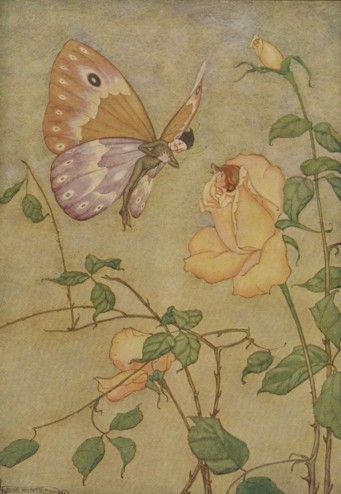Reading Notes: Aesop (Winter) Part B
Part A's reading notes got really repetitive as I tried to separate them by story and ended up saying a lot of the same things for multiple stories, so this time I'm going to try a less structured style of notes and just write things down as they impress me.
In The Fox and the Leopard, the fox is described as having "sarcastic talk," which makes me like him already. He uses this sarcasm to mess with the leopard, despite being in a losing battle, and in the end tries to cover himself with some useless "true beauty is on the inside" nonsense, as if the rest of the conversation hadn't been about outward beauty. I'm not a fan of this story.
The Wolf and the Goat was a short and pointless story. There was no twist, everything happened as expected. There was a half hearted attempt at a trickster, but it was weak and disappointing.
The Cat, the Cock, and the Young Mouse delivered a new, more subtle trickster. The cat in this story didn't say anything or really do much at all. He let his calm demeanor and soothing appearance lull the mouse into a false sense of security. This development in the trickster style is interesting.
The Farmer and His Sons also provides a new insight into trickery. The dying father tricks his sons into working hard for their own profit. This is a new twist to being a trickster.
There wasn't much else of note to talk about. One thing I will say, that doesn't have much to do with my writing, is that I don't agree with several of the stories. Many of the things that happen are what is expected, and should, happen. Then some half baked, sometimes true lesson is slapped on the end of it. I'm not impressed.
Bibliography: Winter Fables, Aesop. Link
In The Fox and the Leopard, the fox is described as having "sarcastic talk," which makes me like him already. He uses this sarcasm to mess with the leopard, despite being in a losing battle, and in the end tries to cover himself with some useless "true beauty is on the inside" nonsense, as if the rest of the conversation hadn't been about outward beauty. I'm not a fan of this story.
The Wolf and the Goat was a short and pointless story. There was no twist, everything happened as expected. There was a half hearted attempt at a trickster, but it was weak and disappointing.
The Cat, the Cock, and the Young Mouse delivered a new, more subtle trickster. The cat in this story didn't say anything or really do much at all. He let his calm demeanor and soothing appearance lull the mouse into a false sense of security. This development in the trickster style is interesting.
The Farmer and His Sons also provides a new insight into trickery. The dying father tricks his sons into working hard for their own profit. This is a new twist to being a trickster.
There wasn't much else of note to talk about. One thing I will say, that doesn't have much to do with my writing, is that I don't agree with several of the stories. Many of the things that happen are what is expected, and should, happen. Then some half baked, sometimes true lesson is slapped on the end of it. I'm not impressed.
I added this picture because I found it a very creepy interpretation and wanted other people to look have to look at it too. Picture Link
Bibliography: Winter Fables, Aesop. Link

Comments
Post a Comment